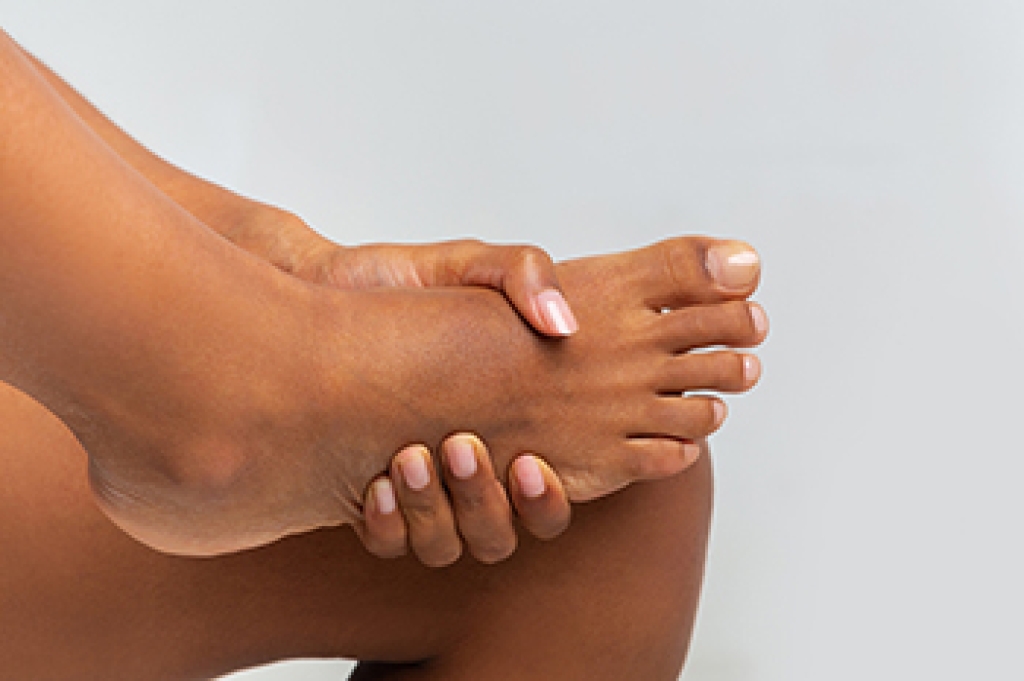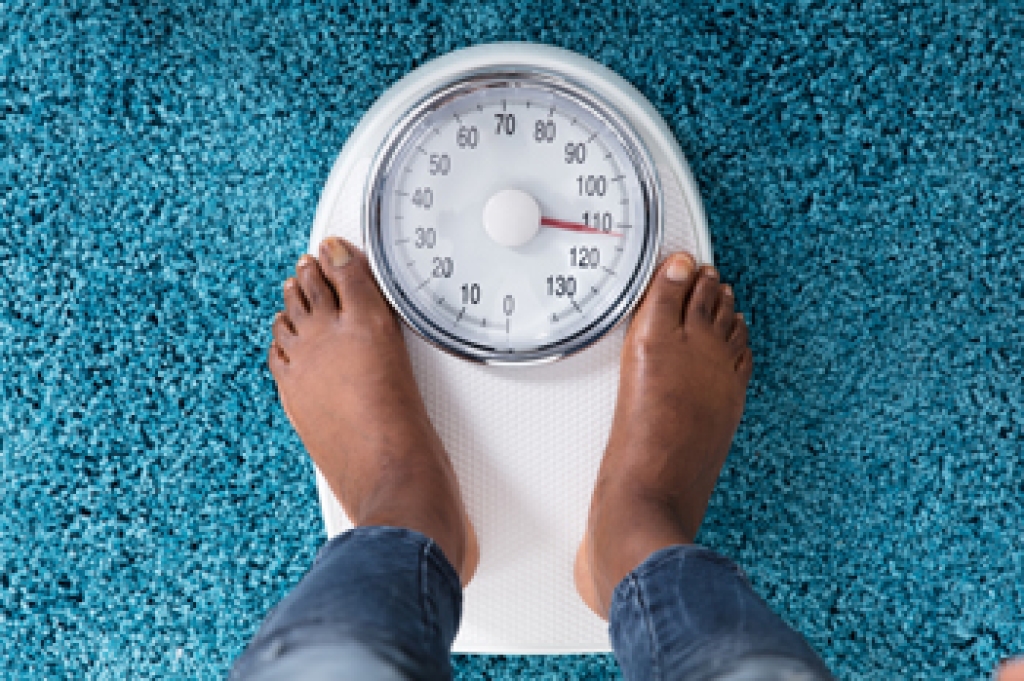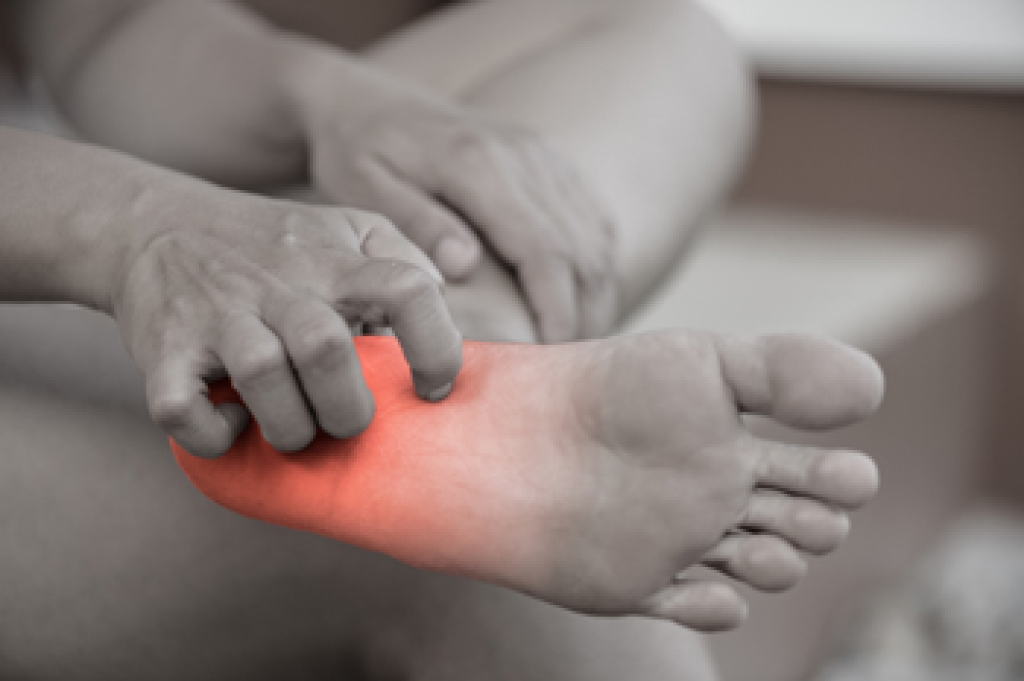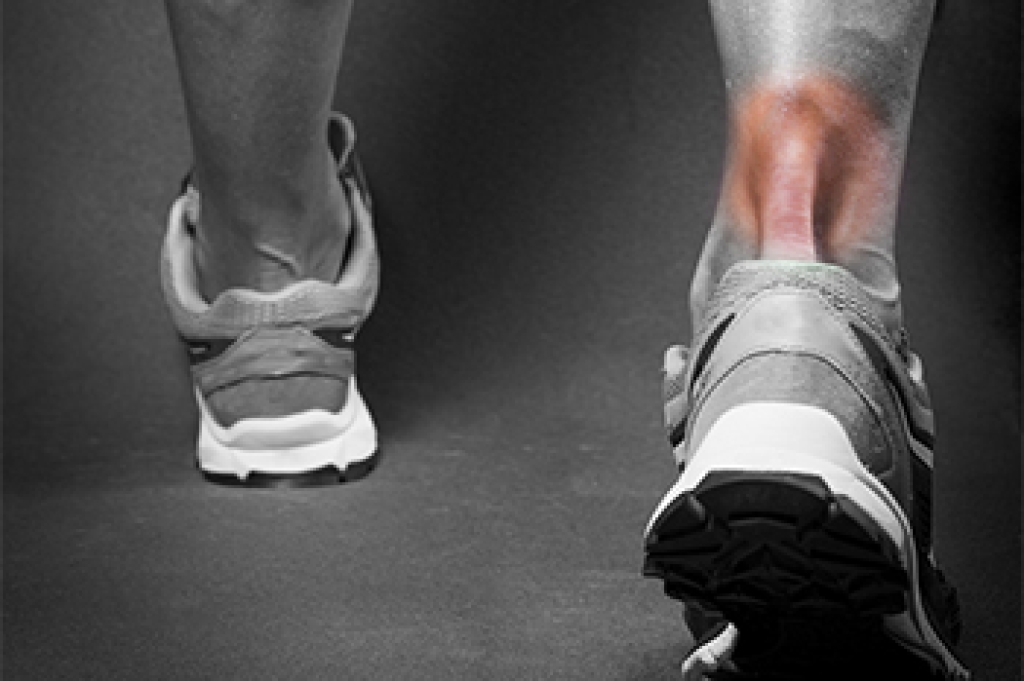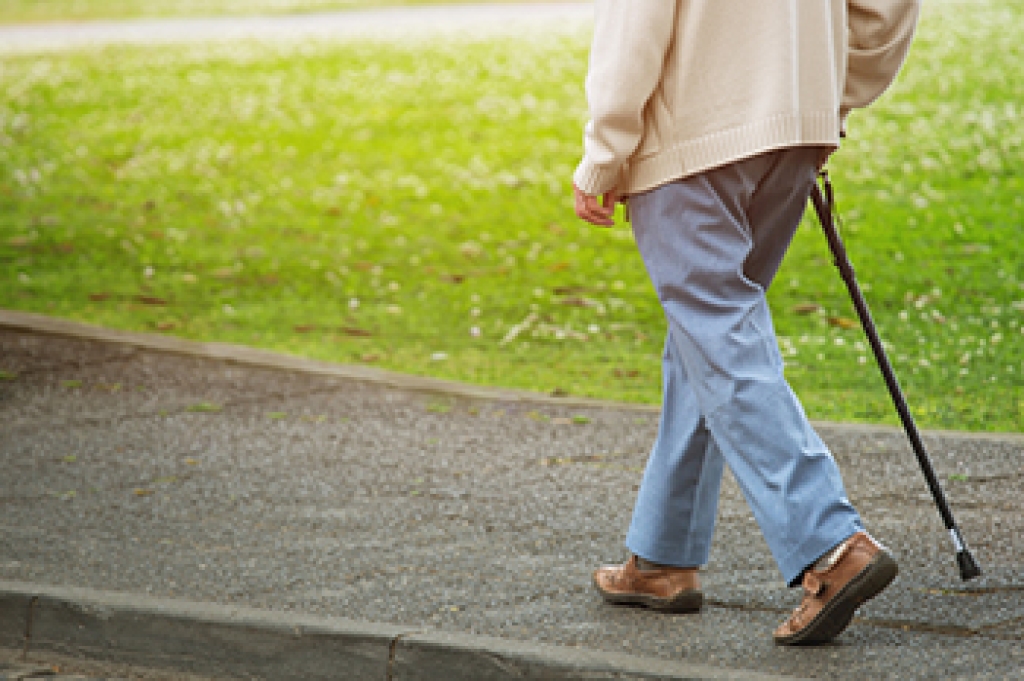
The number of people who are over 65 years old that fall is staggering. Research has shown this occurs in approximately one out of three people across the nation, and can be a leading cause of injury. Older people who have fallen may develop a fear of falling, and this may hinder their desire to complete daily activities. Most falling episodes can be prevented when effective strategies are implemented. These can include improving lighting in the household, removing clutter, and wearing shoes that fit correctly. Many people find it helpful to have grab bars installed in the toilet and shower area, in addition to having routine physical and eye examinations. Having these performed is crucial in updating prescription medicine and eyeglasses, which may help to maintain a sense of balance. Additionally, the number of falls may be reduced as the body becomes stronger when a regular stretching and exercise regime is performed. Falling can affect the feet and compromise daily living. If you would like to learn about additional fall prevention techniques, please confer with a podiatrist.
Preventing falls among the elderly is very important. If you are older and have fallen or fear that you are prone to falling, consult with Dr. Castillo from Bronx Foot Care. Our doctor will assess your condition and provide you with quality advice and care.
Every 11 seconds, an elderly American is being treated in an emergency room for a fall related injury. Falls are the leading cause of head and hip injuries for those 65 and older. Due to decreases in strength, balance, senses, and lack of awareness, elderly persons are very susceptible to falling. Thankfully, there are a number of things older persons can do to prevent falls.
How to Prevent Falls
Some effective methods that older persons can do to prevent falls include:
- Enrolling in strength and balance exercise program to increase balance and strength
- Periodically having your sight and hearing checked
- Discuss any medications you have with a doctor to see if it increases the risk of falling
- Clearing the house of falling hazards and installing devices like grab bars and railings
- Utilizing a walker or cane
- Wearing shoes that provide good support and cushioning
- Talking to family members about falling and increasing awareness
Falling can be a traumatic and embarrassing experience for elderly persons; this can make them less willing to leave the house, and less willing to talk to someone about their fears of falling. Doing such things, however, will increase the likelihood of tripping or losing one’s balance. Knowing the causes of falling and how to prevent them is the best way to mitigate the risk of serious injury.
If you have any questions, please feel free to contact our offices located in Bronx, NY Yonkers, NY . We offer the newest diagnostic and treatment technologies for all your foot care needs.
